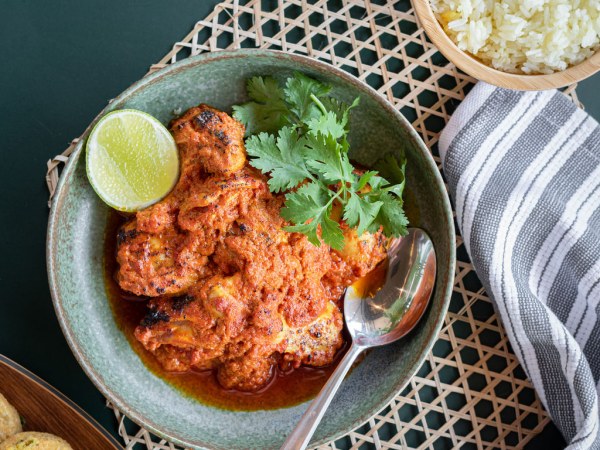When Kolamba, a restaurant in London’s Soho district, opened its doors in 2019, many diners unfamiliar with Sri Lankan cuisine.
They often assumed it similar to Indian food, despite the significant culinary differences. However, a new generation of Sri Lankan chefs and entrepreneurs is now bringing their native cuisine to the forefront while celebrating the country’s rich culinary heritage.
Tourism’s Role
Aushi Meewella, the co-founder of Kolamba, credits the resurgence of interest in Sri Lankan food to tourism. While setbacks like a deadly bomb attack and the COVID-19 pandemic halted tourist arrivals, the country is once again attracting visitors. Tourists who discover the island’s diverse offerings are often pleasantly surprised by its delicious cuisine.
Social Media and Culinary Shows
Chef Dhayanie Williams, known for her appearance on “MasterChef Australia 2019,” acknowledges the role of social media and culinary programs in promoting Sri Lankan food. These platforms allow both professional and home chefs to showcase their authentic Sri Lankan dishes, inspiring people to try them at restaurants.
Diverse and Plant-Based Cuisine
Sri Lankan cuisine is breaking free from misconceptions. It’s not just about curries and rice. With unique dishes like Sri Lankan roti, smaller and thicker than its Indian counterpart, the cuisine has its distinctive identity. Staples like rice, coconut milk, native fruits, vegetables, and seafood form the foundation of Sri Lankan food, enriched by diverse cultural influences.
Plant-Based Focus
One notable feature is the cuisine’s strong plant-based component, offering numerous vegan options that resonate with global audiences. Using wild and organically grown ingredients like jackfruit, water spinach, and yams, Sri Lankans create dishes rich in flavor by blending them with spices and herbs, resulting in unique flavors. Dishes like breadfruit curry and raw green banana fried with grated coconut highlight this plant-based tradition.
A Growing Audience
Sri Lankan-American chef Sam Fore, based in Kentucky, realized there a growing appetite for Sri Lankan dishes when she started hosting brunches at home. Her pop-up restaurant quickly garnered attention, and she’s now set to open her first restaurant. Chefs like Fore are introducing Sri Lankan flavors to a wider audience, challenging perceptions about the cuisine.
Varied Flavors and Creative Applications
Sri Lankan food is not just about spice; it encompasses a diverse array of flavors, including coriander seeds, black pepper, mustard seeds, and various herbs. Chefs like Fore are using these flavors to create innovative dishes that appeal to international palates while respecting traditional recipes.
A Fusion of Tradition and Innovation
Across the world, Sri Lankan chefs and entrepreneurs are preserving the cuisine’s authentic flavors while simplifying the dining experience. These culinary ambassadors adapt to the preferences of their local diners, offering an introduction to Sri Lankan cuisine through carefully craft, simplify menus.
The Future of Sri Lankan Cuisine
As more chefs and entrepreneurs put their unique twists on Sri Lankan dishes, the interest in this cuisine is expect to continue growing. While chili, lime, and tamarind remain key components, creative applications of these flavors will help Sri Lankan food cross over into the international palate. The future holds the promise of becoming a nationwide craving in many countries.
This culinary revival showcases the rich diversity and complexity of Sri Lankan cuisine, which underappreciate for far too long. As more people savor its unique and flavorful offerings, it’s poise to become a global culinary sensation.
